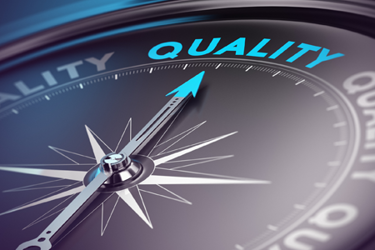Quality Over Quantity: Where Is The Trade Off?
By S. Petrik, J. Wagner, M. Boscher, J. Babic, B. Carnio, A. Heinlein, C. Zach, S. Ritter, M. Gora, T. Kloetzler, A. Schoberth, M. Hoerer, and A. Youssef

A major challenge in rAAV manufacturing is optimizing the production platform to enhance virus productivity while simultaneously improving key quality attributes to meet both regulatory and commercial demands. The ideal process design should achieve high productivity, a high percentage of full-length genome-packed viruses, potent vectors, and the lowest possible levels of DNA impurities, including mispackaged plasmid-derived and host cell-derived sequences.
Our end-to-end platform offers a differentiated solution, designed with the primary goal of achieving the highest possible quality at high yield. This ensures patient safety throughout the product lifecycle in a rapidly advancing field, while making AAV gene therapy more accessible to large patient populations and challenging indications with complex risk-benefit profiles. Fully scalable and proven for multiple capsid serotypes, the platform is based on HEK293 transient transfection using our proprietary split 2-plasmid system.
Transient transfection is commonly used for rAAV production due to its speed and agility, with plasmid design and the transfection process being crucial steps for minimizing impurities and maximizing potency. Our study aims to compare two widely used transfection reagents to our standard process, evaluating their impact on final product quantity and quality as part of our ongoing platform innovation efforts.
Get unlimited access to:
Enter your credentials below to log in. Not yet a member of Cell & Gene? Subscribe today.
